| Structure | Name/CAS No. | Articles |
|---|---|---|
 |
Isoflurane
CAS:26675-46-7 |
|
 |
Chlorhexidine
CAS:55-56-1 |
|
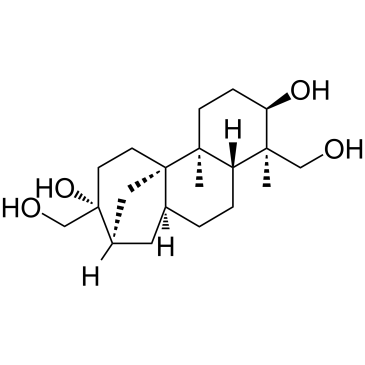 |
(+)-Aphidicolin
CAS:38966-21-1 |
|
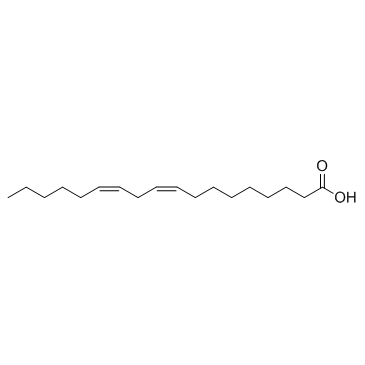 |
Linoleic acid
CAS:60-33-3 |
|
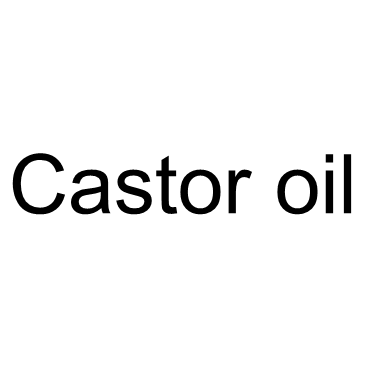 |
Castor oil
CAS:8001-79-4 |
|
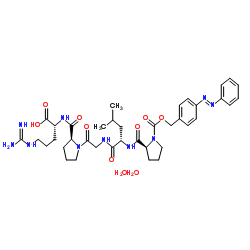 |
Collagenase
CAS:9001-12-1 |
|
 |
Hyaluronidase
CAS:37326-33-3 |
|
 |
Ethylenediaminetetraacetic acid
CAS:60-00-4 |
|
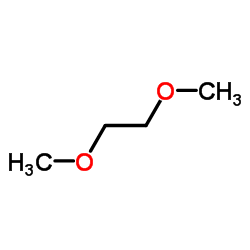 |
1,2-dimethoxyethane
CAS:110-71-4 |